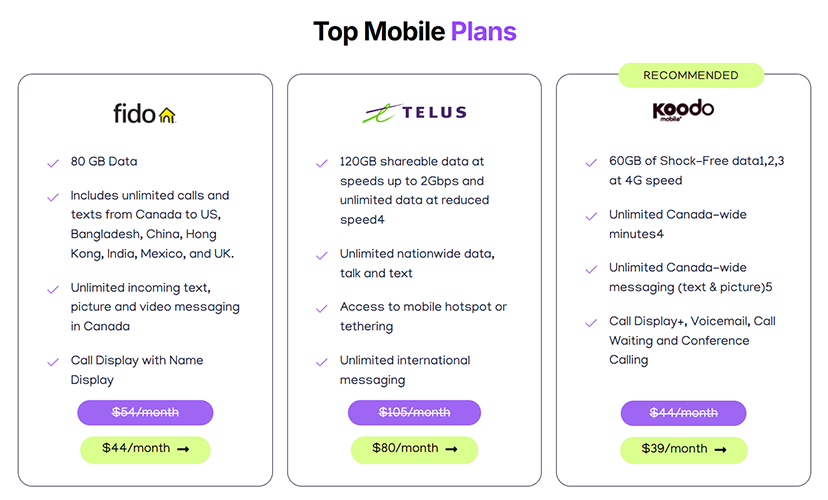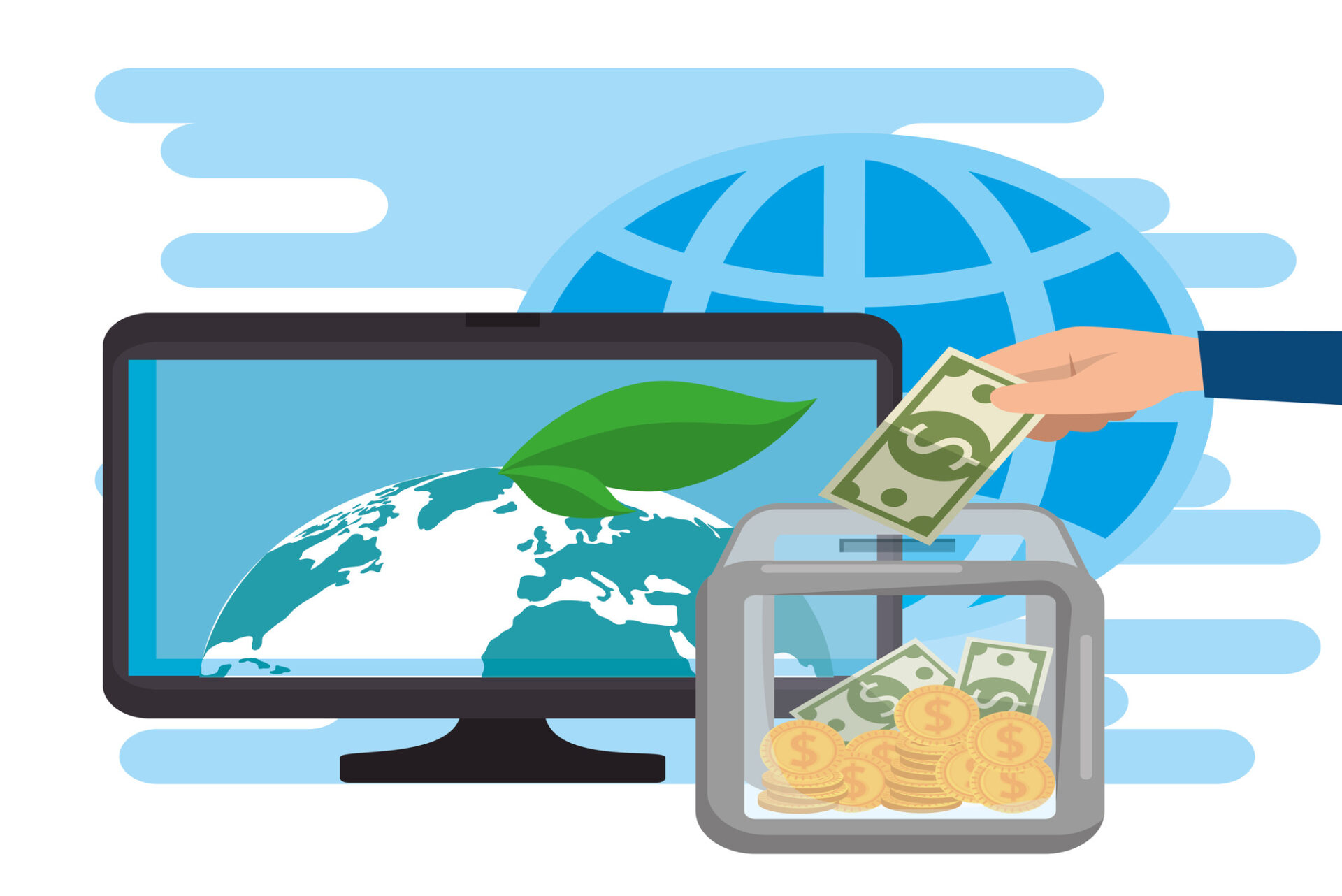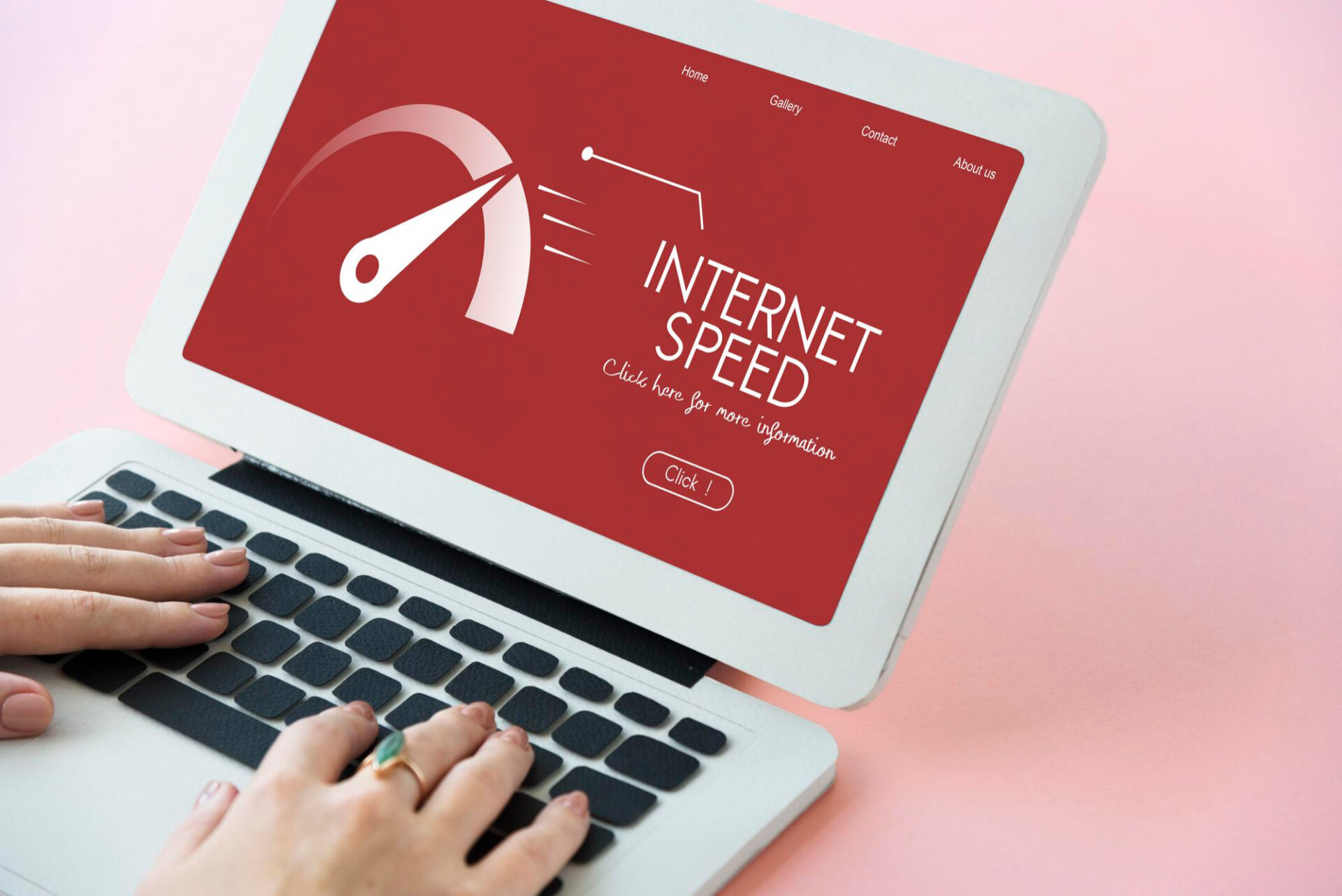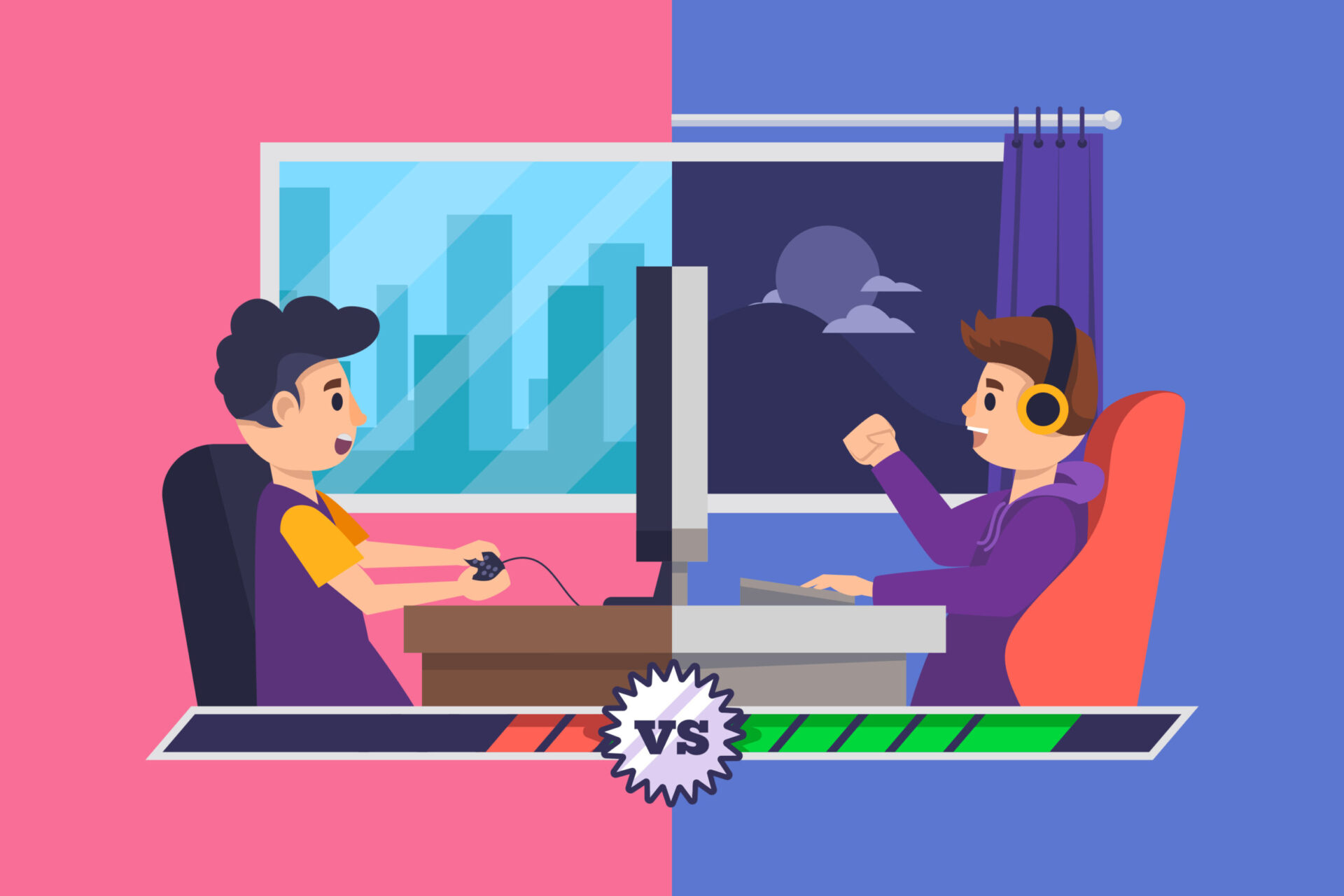Here’s a detailed, 1000-word description for the blog “Top Internet Plans for Every Budget in 2025: A Complete Guide.”
Top Internet Plans for Every Budget in 2025: A Complete Guide
In the digital age, accessing the best Internet plans in Canada 2025 is essential for remote work, online learning, gaming, and streaming. With numerous Internet providers offering different pricing and speed options, selecting the right plan can be overwhelming. This guide simplifies the process by showcasing the top Internet plans for every budget to help you make an informed decision.
Why Choosing the Right Internet Plan Matters
Your Internet plan impacts your ability to stay connected, work efficiently, and enjoy entertainment without interruptions. A poorly chosen plan can result in slow speeds, buffering, and unexpected costs. Whether you’re searching for affordable Internet services in Canada, or high-performance options, selecting the best fit is crucial.
Key Factors to Consider When Choosing an Internet Plan

Before comparing high-speed Internet providers in Vancouver, it’s important to consider these factors:
Speed Requirements
- Light Users: 10-25 Mbps (browsing, social media, email)
- Moderate Users: 50-100 Mbps (HD streaming, video calls)
- Heavy Users: 200 Mbps+ (4K streaming, gaming, large downloads)
Data Limits
Some Internet providers offer data caps, while others provide unlimited data plans. Households with high consumption should opt for unlimited options to avoid extra fees.
Connection Types
- DSL – Budget-friendly but slower
- Cable – Offers faster speeds and wide availability
- Fiber – Best for speed and reliability, though not available everywhere
- Satellite – Suitable for rural areas but prone to latency issues
Cost and Bundled Deals
Compare Internet providers to find promotional deals, discounts, and bundles that include TV or phone services.
Best Budget-Friendly Internet Plans for 2025
For users seeking cheap Internet plans, affordability is key. Several Internet providers offer budget plans ideal for basic tasks.
Top Picks:
- ISP A: 25 Mbps for $20/month (Ideal for students and seniors)
- ISP B: 50 Mbps for $30/month (Best for small households)
These affordable Internet services often include introductory discounts and additional fees for installation or equipment rentals.
Mid-Range Internet Plans: Balanced Speed and Cost
For families or remote workers, Internet plans for every budget include mid-range options that balance affordability with performance.
Top Picks:
- ISP C: 200 Mbps for $50/month (Includes free router and 24/7 support)
- ISP D: 150 Mbps for $45/month (Great for households with multiple users)
These high-speed Internet providers often offer promotions like free streaming trials, enhancing value for money.
Premium Internet Plans: High-Speed Connectivity for Power Users

For gamers, streamers, and professionals requiring top-tier performance, premium plans from high-speed Internet providers ensure reliability and ultra-fast speeds.
Top Picks:
- ISP E: 1 Gbps for $90/month (Ideal for smart home setups, 4K streaming)
- ISP F: 500 Mbps for $75/month (Includes low-latency gaming mode and security features)
While these Internet plans are more expensive, they provide the best performance with minimal lag and buffering.
How to Choose the Best Internet Plan for Your Needs
When comparing Internet providers, consider these steps:
- Assess Usage:
- Browsing: ~50GB/month
- HD Streaming: ~100GB/month
- Gaming: ~200GB/month
- Check ISP Coverage: Not all Internet providers are available in every area. Use online comparison tools to check availability.
- Factor in Hidden Costs: Consider installation fees, modem rentals, and cancellation charges before selecting an Internet plan.
- Consider Bundles: Some Internet providers offer discounts when bundling services like TV and phone.
- Read Customer Reviews: User feedback helps assess service reliability and customer support.
Bundled Deals: A Cost-Effective Option
Bundling affordable Internet services with TV or phone plans can help save money.
Popular Bundled Plans:
- ISP G Triple Play: Internet (300 Mbps), TV (100+ channels), and phone for $99/month.
- ISP H Streaming Bundle: Internet (200 Mbps) + free Netflix and Disney+ for $80/month.
These Internet plans for every budget maximize savings and convenience for multi-service users.
Tips to Save Money on Internet Plans
Even if you opt for premium Internet plans, you can lower costs by:
- Negotiating with ISPs – Many Internet providers offer better deals upon request.
- Looking for Seasonal Promotions – Discounts are common during holidays or back-to-school periods.
- Using Auto-Pay – Some Internet providers offer discounts for automatic payments.
- Purchasing Your Own Equipment – Avoid rental fees by buying a modem/router.
Emerging Trends in Internet Services for 2025
The Internet service landscape continues evolving, with new trends shaping the industry:
- 5G Home Internet – A viable alternative to traditional broadband, offering competitive speeds.
- Fiber Expansion – More areas are gaining access to ultra-fast fiber-optic Internet services.
- Eco-Friendly ISPs – Some Internet providers are introducing energy-efficient equipment and sustainability initiatives.
Final Thoughts
Finding the right Internet plans for every budget means balancing speed, cost, and service reliability. Whether you’re a student looking for cheap Internet plans, a remote worker needing affordable Internet services, or a gamer searching for high-speed Internet providers in Vancouver, this guide helps you choose wisely. By comparing Internet providers, considering promotional offers, and staying informed on trends, you can secure the best Internet plans in 2025 for your specific needs.










